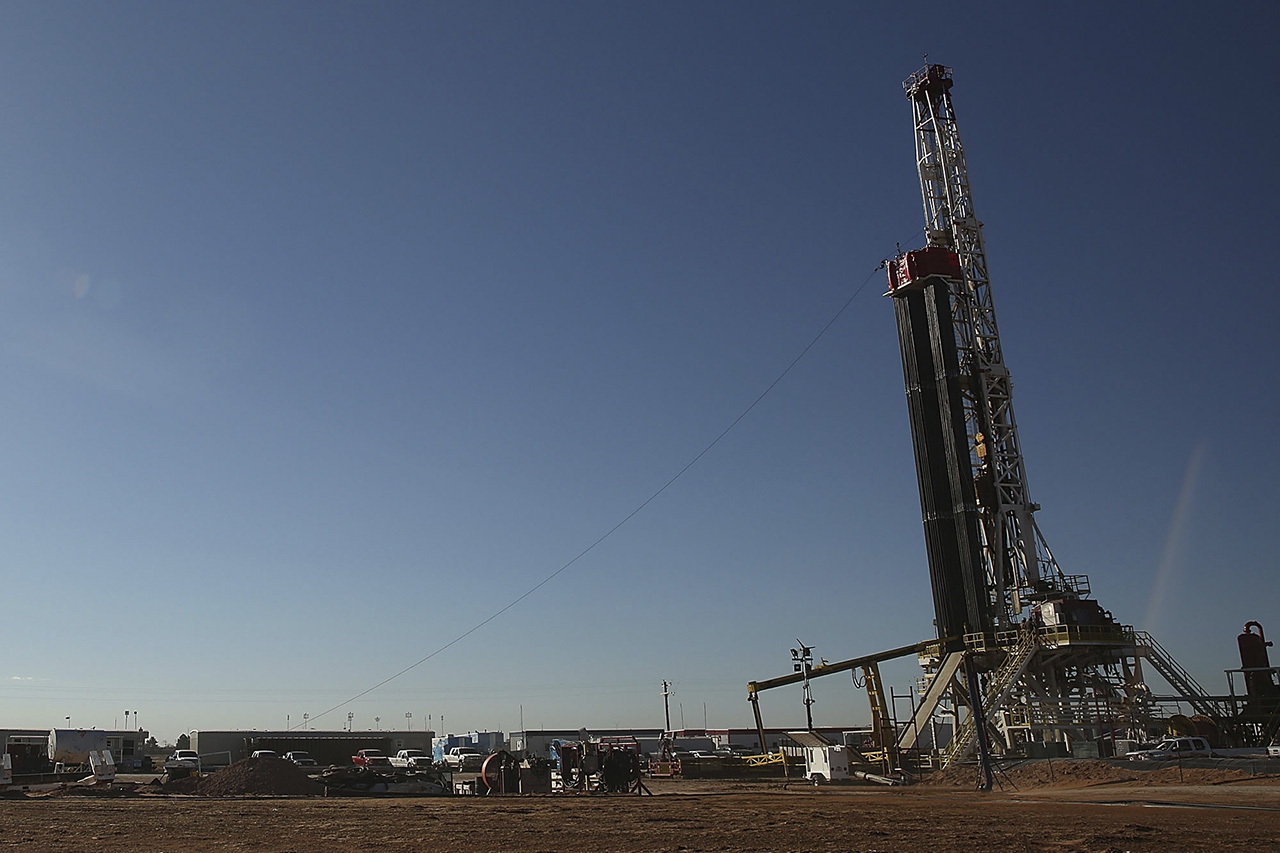
Senate Candidates Kick-Off Race
May 15, 2019
Has the Corner Been Turned?
May 15, 2019FOURCHON EXECUTIVE DIRECTOR SAYS THE NUMBERS INDICATE THE GULF IS STILL KING
The amount of oil the United States is drilling is up, but the oil isn’t necessarily coming from the Gulf of Mexico — bad news for Southeastern Louisiana and our local economy.
Is it sustainable? Is the so-called “Shale Revolution” leaving the Gulf of Mexico in the dust?
Well, recent numbers would seem to indicate that the Gulf of Mexico is still King — soon to retake its throne in the future.
With deepwater Gulf drilling on a bit of a slump in recent years, companies have gotten heavily invested in fracking and land drilling — cheaper methods of drilling that have grown over the past several years.
The work has helped stabilize and somewhat sink the global price of oil amidst struggles from several oil-producing nations around the world.
But those plays are not long-lasting and data suggests that they’re not producing at the levels they were expected, which could drive down supply, drive up the price and drive business right back into the deepwater of the the Gulf where the oil is far more abundant.
“I’ve seen some data that says there’s not as much production coming off of each well over the last several years as they thought when they started,” Port Fourchon Executive Director Chett Chiasson said. “That’s actually one of the things that’s caused the price of oil to go up a little bit in the last several months. Those wells are cheaper than deepwater, but they don’t produce like those huge rigs offshore. It’s like a flash in the pan. It’s a lot right off the bat, but then it dwindles very quickly and it looks like that’s what’s beginning to happen to an extent right now.”
Chiasson’s information echoes others in the global market.
Schlumberger is the global leader in energy services. Their CEO, Paal Kobsgaard, said on a conference call in late April that company profit fell about 20 percent in the past 12 months and the reason was because of a slowdown in United States shale plays.
Pioneer Natural Resources has had the same problem.
In January, The Wall Street Journal reported that Pioneer’s drilling and fracking predictions were far underperforming projections set when drilling began.
In 2015, the company estimated that their most productive wells, located in the Eagle Ford Shale in Texas, could produce 1.3 million barrels of oil each in its lifetime.
But The Wall Street Journal said the Eagle Ford Shale wells are now on pace to produce less than 500,000 barrels.
The famed Permian Basin in Texas isn’t immune. Pioneer once said 960,000 barrels could be produced from its shale wells there, but those projections have now dropped to 720,000 barrels.
Other companies are finding the same problems.
“The oil they thought was there maybe isn’t there in the amounts they thought,” said Rystan Energy Senior Analyst Lai Lou said. “And, quite frankly, a lot of the best locations have become crowded. And that’s not helping the issue, either.”
So what does it all mean, and why is this important to a monthly business magazine in the Houma-Thibodaux area?
Well, it all comes full-circle.
Fracking became a thing because it was a cheaper way to produce oil.
If those supplies dry up a little, global supply does, too.
If profit margins for fracking go down and the global price goes up a little, as well, suddenly, drilling in the Gulf of Mexico heavily becomes a more attractive option again, which helps put local people back to work.
Chiasson said he’s heard forecasts that say the oil price could recover significantly in 2020 and into 2021 — a forecast that most locally hope holds true.
Drilling in the Gulf is a little costlier than inland drilling, but when the price is right, it could be far more profitable to companies because of the sheer amounts that can be produced in a day.
“It’s not cheap to drill in the Gulf,” Chiasson said. “But when you explore and find oil in the Gulf, it’s huge amounts and they produce for decades with huge amounts. It’s big money to get into the game, so to speak, yes. But you can make so, so much more, too.
“From the information we’re hearing, things are looking good and it looks like there can be a slow resurgence into 2020 and steady growth going toward 2021.” •










